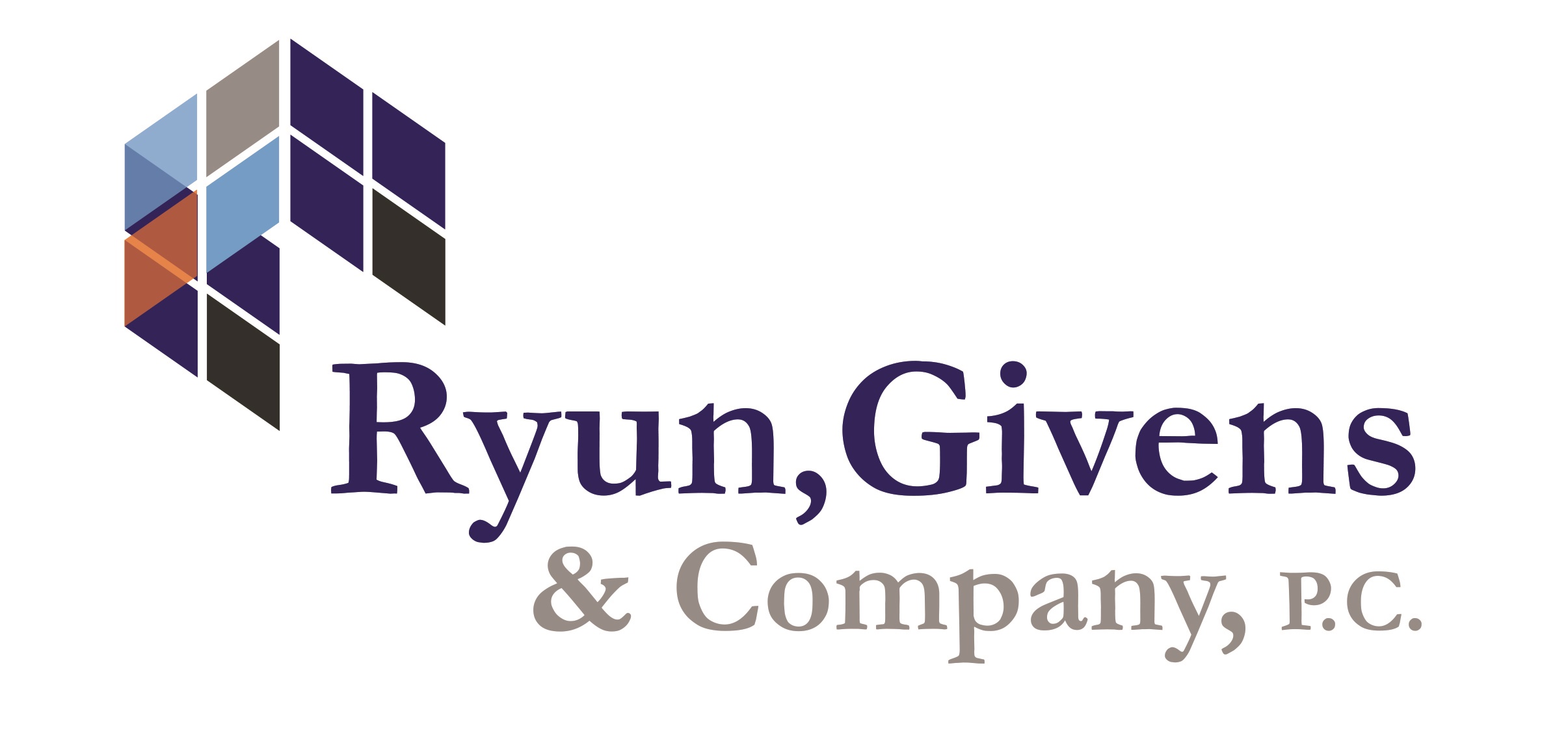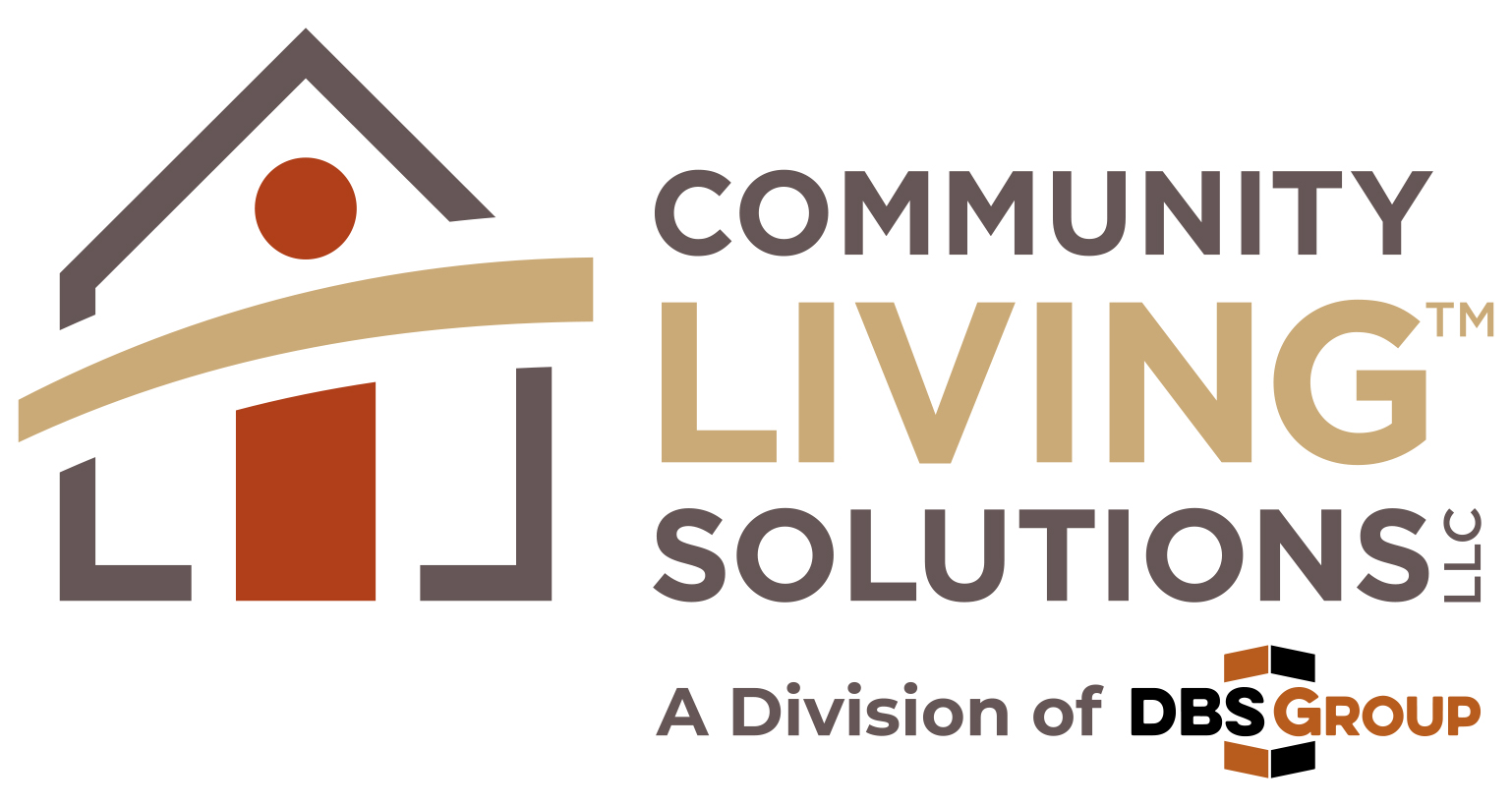|
Preventing Pressure Injuries - Positioning Support Devices
The National Pressure Injury Advisory Panel Quick Reference Guide Prevention Recommendations provides recommendations to prevent pressure injuries with full body support surfaces, when in a seated position, and preventing heel injuries. As a reminder, clinical providers should determine the resident’s pressure injury risk and establish interventions based on the risk identified. This risk should be reassessed periodically on an ongoing basis and interventions reviewed.
When a resident has a risk of pressure injury when laying in bed, best practices for providers include:
- Use of full body support surfaces for any resident who is at risk for pressure injuries.
- Maintaining an inventory of full body support surfaces.
- Ensuring that full body support surfaces are appropriate for the individual resident’s weight, height, size, and body mass.
- Consider the following factors as a full body support surface is individually selected:
- Overall risk of pressure injuries
- Response of the skin and tissue
- Independence, mobility, and activity needs
- Posture and sleeping position and their effects on pressure redistribution
- Need for microclimate management and shear reduction features
- Residents preference and care goals
- Use of alternating air or pressure redistribution foam full body support surfaces when a resident is at risk of pressure injuries.
- Use of sheepskin where available if a full body support surface with pressure redistribution properties are available or if used with a full body support surface that they do not interfere with the pressure reduction mechanisms, only use medical grade sheepskin as non-medical grade sheepskin does not have the same microclimate management properties and may inadvertently increase the risk for pressure injury.
- Promoting use of pressure redistribution foam instead of a fiber support surface.
- Air fluidized full body support should only be used if the individual is at a very high risk of pressure injury such as those who are immobilized or have previously experienced a full thickness pressure injury with the use of a different full body support surface or considered following surgical reconstruction with flaps/grafts.
- A low air loss full body support surface can be used when the resident has moisture and heat at the skin surface as a contributing factor for pressure injury development.
When a resident spends time in a seated position and is at risk of pressure injuries, best practices include:
- Consideration of the following factors when selecting a wheelchair seat:
- The overall risk of pressure injuries
- Independence, mobility, and activity needs
- Body size, shape and weight distribution
- Posture, presence of deformities, asymmetry and the effect on pressure redistribution
- Need for enhanced features such as dynamic weight shifting
- Personal preferences and goals
- Use of a seating support surface with pressure redistribution properties when in a seated position.
- Limiting the duration of time out of bed is limited if the individual cannot independently reposition themselves.
- Frequent repositioning in the chair including teaching and encouraging the resident to self-reposition as frequently as possible by performing pressure redistribution maneuvers and weight shifts that redistribute as much pressure as possible.
- Position residents in such a way that reduces pressure, shear, and friction including:
- Selecting a chair that provides support and maintains stability
- Selecting a reclined seated position in which the resident’s legs are elevated and supported so the heels are offloaded. If reclining is not possible, ensure that the residents’ feet are well-supported.
- Use of dynamic weight shifting such as tilting and reclining
When a resident is at risk of developing heel pressure ulcers, best practices to reduce the risks include:
- Elevating the heels to ensure they are not in contact with the support surface
- Using a heel offloading device that is appropriate based on the resident’s mobility and activity level
- Elevate the heels using standard pillows or cushions with sufficient height to ensure that heels are not in contact with the support surface.
- Use of preventative dressings (such as a soft silicone multilayered foam dressing) could be used as an adjunct to heel elevation and regular repositioning
|













